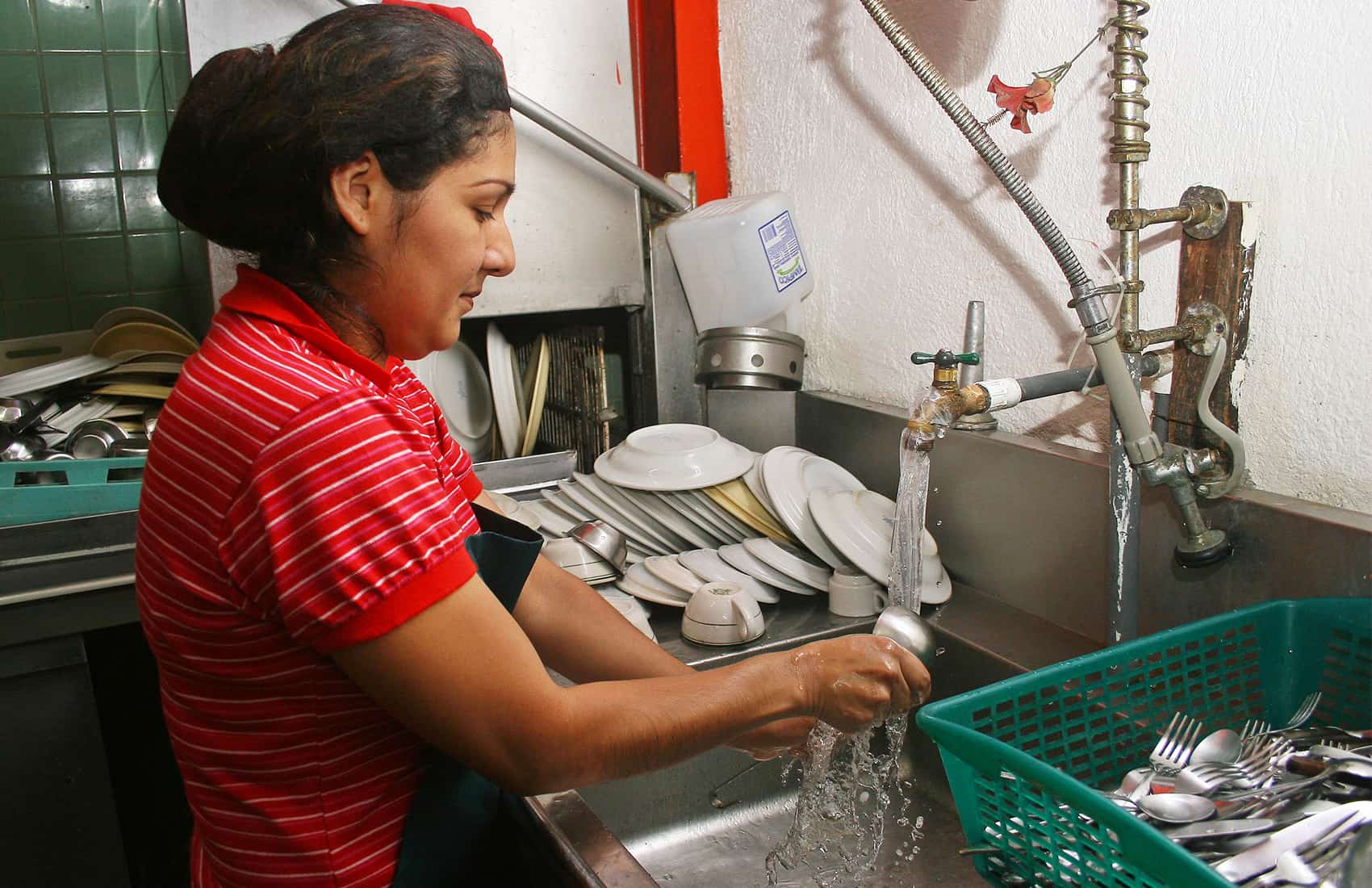More than 200,000 residents of Costa Rica’s Greater Metropolitan Area will face daily water rationing in periods ranging from 6-12 hours at a time during the coming months, the Water and Sewer Institute (AyA) reported.
AyA said in a news release that it will soon disclose the exact dates for the launch of its rationing plan, but it likely will be enforced between March and July. AyA estimates are that aquifers will reach their lowest levels in April.
The agency says rationing is necessary because rainfall levels in the past rainy season were lower than expected in most of the Greater Metropolitan Area (GAM). The region includes cantons in the provinces of Cartago, San José, Heredia and Alajuela. It is also the most densely populated area of Costa Rica.
Water shortages caused by drought conditions are already affecting residents of San José.
Rationing by areas
AyA will enforce scheduled rationings on three levels —high, medium and low— depending on the severity of the water deficit. Households in areas slated for high rationing could have their water cut for more than 12 hours per day.
High rationing will apply for some 49,000 residents of communities south of the capital in Desamparados and Alajuelita: El Llano, El Huaso, San Juan de Dios, San Josecito, Veracruz and Santa Bárbara.
Communities in areas slated for medium rationing could be without water from 6 to 12 hours per day.
This rationing plan will apply for some 191,000 residents of communities in the cantons of Moravia, Goicoechea, Desamparados, Alajuelita, Curridabat, Santa Ana, and Central San José. The specific communities are Calle Montoya, Cipreses, Tirillas, Hatillo, San Sebastián, Hospital, La Carpio, Linda Vista, San Josecito, Los Guido, Salitral, San Jerónimo, San Rafael de Coronado, Carmen, Zapote and San Francisco de Dos Ríos.
Low rationing will bring water cuts in periods shorter than 6 hours per day. They will be enforced for some 198,000 residents of Brasil de Santa Ana, Chiverrales, Mata Redonda, Merced, Pavas, San Juan de Dios, San Miguel and Tejarcillos in Desamparados, Guadalupe, Trinidad, San Jerónimo, San Vicente in Moravia, Piedades Sur and Hoja Blanca in Escazú.
Astorga said that estimates from AyA are that some 896,000 GAM residents will not face any problems with rationing.
Shortage causes
AyA Executive President Yamileth Astorga said there are various reasons for the water shortage, the most significant being that high temperatures recorded in the current dry season reduced water levels at aquifers that supply GAM aqueducts.
She said that the AyA had expected precipitation levels in the past rainy season to increase, compared to previous years.
“But that didn’t occur,” she said. Rainfall levels last year were on average 20 percent lower than expected, according to the AyA.
Other reasons for the shortage are the proliferation of illegal wells and the rapid expansion of the urban area. The growth in construction of housing and commercial projects is waterproofing soils, Astorga said.
She noted that water shortages are already affecting residents in various parts of the country, mainly in the Pacific provinces of Guanacaste and Puntarenas. She said they are already addressing the situation and in the past months AyA staff drilled 43 wells in both provinces.
She asked the general population to help reduce the need for rationing by implementing water-saving measures. Among them she cited:
- Fix leaks
- Take shorter showers
- Wash cars less frequently
- Install water-saving shower heads
- Turn off the tap while you’re not directly using the water
- Start the washing machine only when you have a full load
- Water gardens at nights and use buckets instead of hoses
- Collect rainwater to reuse it on your plants






